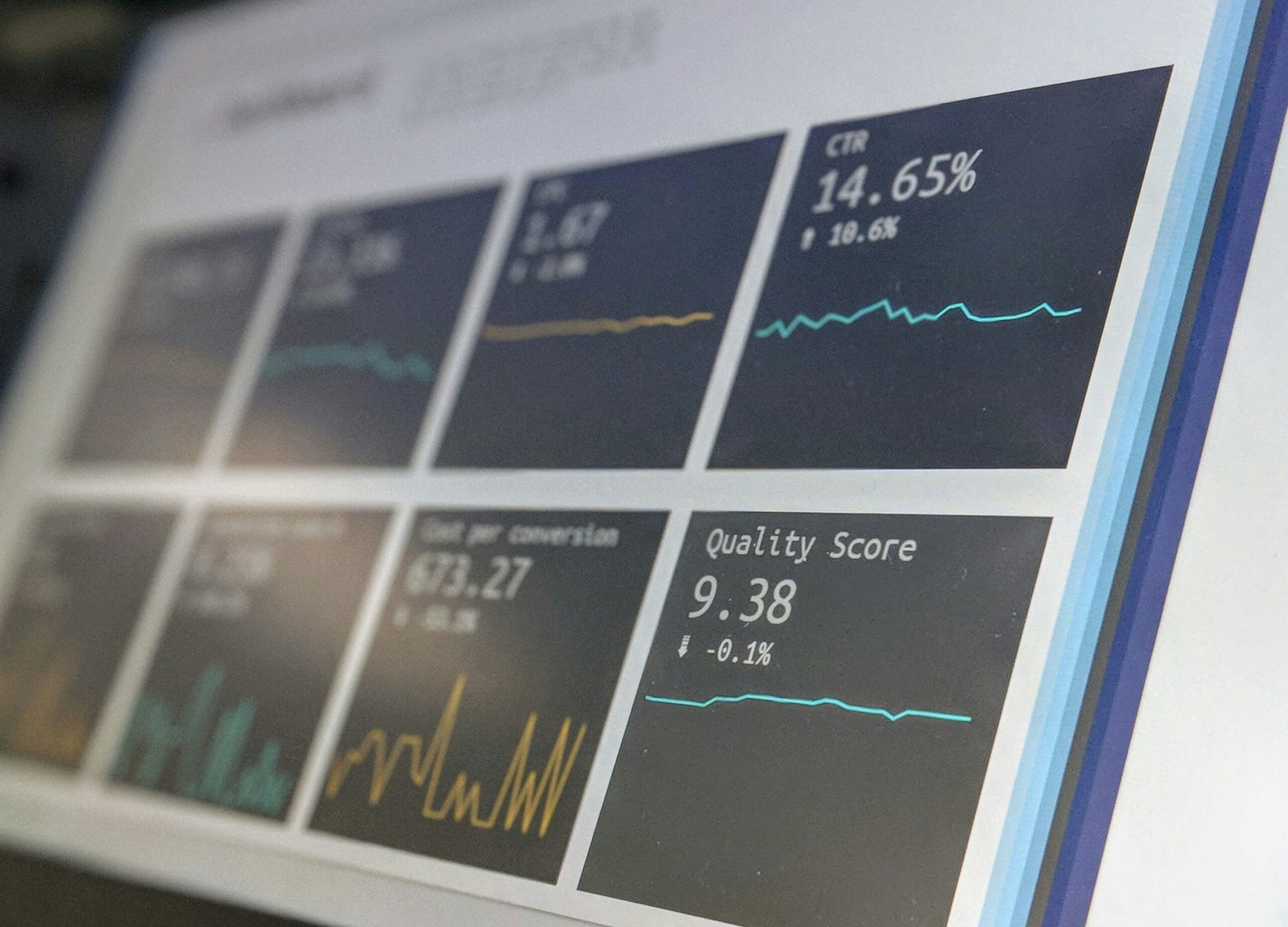Introduction to the Tally Mark Trend
The tally mark trend has experienced a notable resurgence in recent years, permeating various facets of modern culture, including media, fashion, and personal expression. Traditionally employed as a rudimentary counting tool, tally marks have evolved into a contemporary symbol embodying a myriad of meanings. This simplistic form of notation, once relegated to the confines of ancient record-keeping, now adorns everything from clothing and accessories to tattoos and digital designs.
The origins of tally marks can be traced back to ancient civilizations, where they served as an efficient method for keeping track of numerical data. Archaeological discoveries reveal that early societies utilized tally marks on bone, wood, and stone to document quantities of goods, passage of time, and other essential counts. Despite the simplicity of their form, tally marks were a significant advancement in the history of written communication, providing a universal method for recording and interpreting numerical information.
In contemporary society, the tally mark trend resonates with a broader cultural shift towards minimalism and simplicity. As the pace of life accelerates, many individuals seek to strip away unnecessary complexities, finding solace in the straightforward and the unembellished. Tally marks, with their clean lines and intuitive design, encapsulate this desire for clarity. They stand as a counterpoint to the overwhelming influx of digital data and intricate graphics that characterize our daily interactions.
Moreover, tally marks have garnered a symbolic significance that transcends mere counting. They represent progress, milestones, and achievements in a visually compelling manner. This newfound allure positions tally marks as a versatile emblem suitable for various forms of personal expression. Whether etched onto the skin or integrated into digital artwork, the tally mark trend signifies a return to fundamentals, emphasizing the beauty found in simplicity and the power of straightforward visual communication.
The Cultural Significance of Tally Marks
Tally marks have transcended their humble origins as a counting tool to become a potent cultural symbol. Historically, tally marks were essential for tracking vital resources, time, and tasks. Ancient cultures employed these simple markings to record agricultural production, manage inventories, and monitor cycles of time. The efficacy and simplicity of tally marks made them indispensable across various civilizations, providing an early and effective method for managing life’s essentials.
In literature and art, tally marks often symbolize the passage of time or the endurance of human spirit. They can be found etched in the margins of ancient manuscripts or painted subtly within modern artworks. The five-stroke sequence offers a visual rhythm that resonates with countless creators, embodying themes of persistence, survival, and accumulation. For instance, in stories of imprisonment, tally marks scrawled on prison walls poignantly convey the relentless passage of days, offering a silent testament to the endurance of those confined.
In contemporary culture, the tally mark trend has taken on nuanced interpretations. They serve as a personal emblem of achievements, milestones, and even struggles. For individuals, each set of lines could represent personal victories or hardships overcome, such as days of sobriety celebrated in recovery programs or achievements in personal fitness goals. This shift from purely utilitarian usage to a more metaphorical representation underscores their emotional and psychological depth.
Within modern subcultures, tally marks have retained and even expanded their symbolic resonance. From tattoos to fashion, their visual simplicity yet profound significance appeals particularly to those celebrating personal journeys or collective experiences. As a marker of progress and resilience, the tally mark trend encapsulates a universal language of time and effort, bridging ancient practice and contemporary expression in an unexpectedly meaningful dialogue.
Tally Marks in Fashion and Design
The tally mark trend is making a significant impact in the realms of modern fashion and design. This simple, yet powerful symbol is being integrated into various elements of contemporary style, offering both aesthetic appeal and a means of personal expression. In the fashion industry, tally marks are increasingly featured on clothing items such as T-shirts, jackets, and even high-end couture pieces. Designers are drawn to the minimalistic and structured nature of tally marks, incorporating them into patterns, prints, and embroideries that add a raw, authentic edge to their creations.
Accessories, too, are embracing the tally mark trend. Everything from jewelry to handbags is being designed with this symbolic element, offering consumers unique and thought-provoking pieces. The appeal lies in the tally mark’s simplicity and its ability to convey a sense of order and progression. This resonates with individuals seeking sartorial choices that go beyond mere fashion, allowing them to wear pieces that hold personal significance.
In the realm of body art, tally mark tattoos have gained popularity as well. These minimalist tattoos often serve as markers of milestones, memories, or personal achievements, making them a powerful form of self-expression. The structured form of tally marks makes them versatile for various designs, whether as standalone symbols or part of more elaborate tattoo compositions.
Home decor is yet another area where the tally mark trend is thriving. From wall art and cushions to ceramics and kitchenware, tally marks are being used to add a modern, yet rustic touch to interiors. The neutral and straightforward nature of tally markings complements various design aesthetics, from Scandinavian minimalism to industrial chic.
The enduring appeal of tally marks in fashion and design lies in their ability to convey a narrative through simplicity. By integrating tally marks into their work, designers provide consumers with tools to express their unique identities and personal journeys, making this trend both meaningful and enduring.
The Psychology Behind the Tally Mark Trend
The tally mark trend’s growing appeal can be psychologically attributed to its function as a coping mechanism for anxiety. As our world becomes more digitized and complex, individuals often seek simple, tangible ways to manage their stress. The act of drawing tally marks provides a feeling of order and control, creating a visual representation of progress and tasks completed. This sense of accomplishment can be particularly comforting when dealing with daily pressures.
Further, tally marks play a significant role in goal-setting and motivation. By breaking down larger objectives into manageable increments, they help individuals stay focused and motivated. Psychologically, this practice reduces overwhelming feelings associated with larger tasks, allowing a clearer path to achievement. For instance, students may use tally marks when studying for exams, tracking small wins, and ultimately improving their performance.
In addition to personal usage, social media platforms have massively propelled the popularity of tally marks. Seeing influencers and peers use tally marks for tracking practices like fitness goals, water intake, or even spending habits creates a shared experience and emphasizes community support. This shared aspect contributes to the collective encouragement and habit reinforcement, enhancing the trend’s pervasiveness.
Moreover, the simplicity of tally marks stands in stark contrast to the complexities of technology. In an era dominated by digital screens and virtual interactions, the allure of a simple pen-and-paper method reconnects individuals with the tactile satisfaction of traditional activities. Psychology experts point out that this return to basics provides a psychological respite, reducing the cognitive load and fostering mindfulness.
Studies and expert insights substantiate that the comfort derived from tally marks is not just about their functionality but also their symbolic significance. They represent continuity, progress, and a break from digital disruption, thus explaining their resonance across various demographics. By embodying simplicity and control, the tally mark trend aligns seamlessly with the human psychological need for order in an increasingly intricate world.


